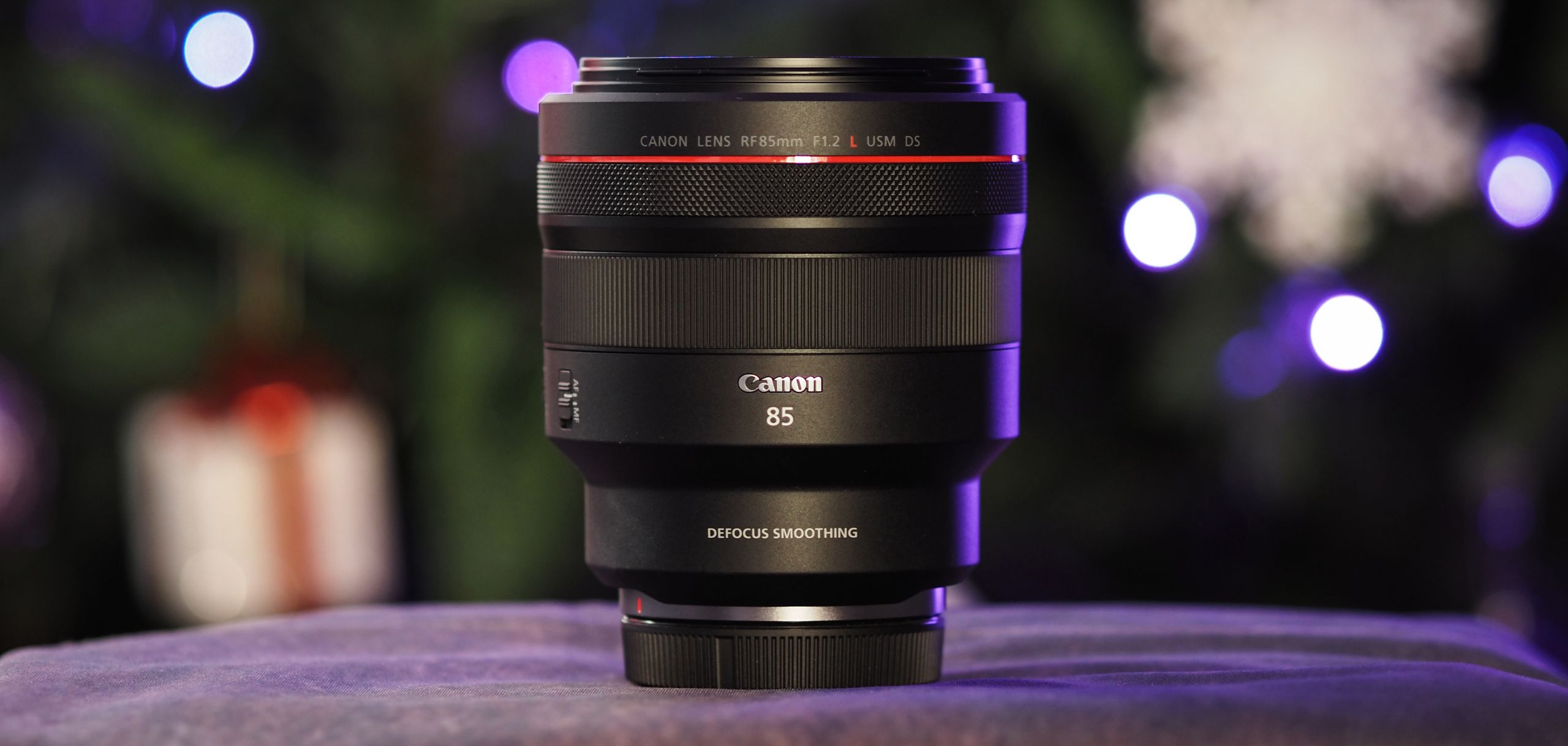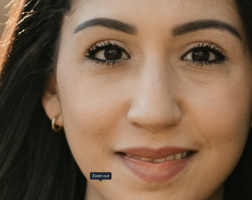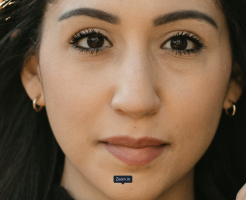I found this video entertaining and informative.
Comparisons from Barrera:
RF 85/1.2 L
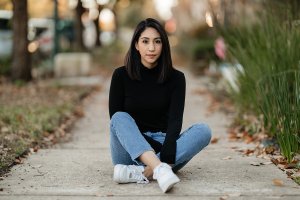
RF 85/1.2 L DS:
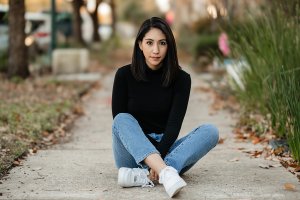
Observations:
1) The DS improves the appearance of bokeh in busy scenes (leaves on the left side of the frame, a couple feet behind the model.
2) The DS produces artificial-looking bokeh in less busy scenes (background some distance behind the model)
3) The DS for some reason intensifies the color of bokeh balls.
4) The 1.5-2 stops of light lost not only produces a deeper DoF, but also (practically speaking) generated blurry images for Barrera in some scenes due to hand-holding at a low shutter speed, probably trying to ensure images captured with each lens were at the same aperture and ISO.
5) The lenses seem to perform the same in all other regards, including sharpness and AF, due to having basically the same design.
I'm leaning 80/20 on getting the standard version someday because I value those 1.5-2 stops of light the DS loses, but it's not out of the question. I would be curious to shoot with the DS myself and see if the BG bokeh still looks weird to me after shooting some of my own work rather than watching how others use it.
Comparisons from Barrera:
RF 85/1.2 L

RF 85/1.2 L DS:

Observations:
1) The DS improves the appearance of bokeh in busy scenes (leaves on the left side of the frame, a couple feet behind the model.
2) The DS produces artificial-looking bokeh in less busy scenes (background some distance behind the model)
3) The DS for some reason intensifies the color of bokeh balls.
4) The 1.5-2 stops of light lost not only produces a deeper DoF, but also (practically speaking) generated blurry images for Barrera in some scenes due to hand-holding at a low shutter speed, probably trying to ensure images captured with each lens were at the same aperture and ISO.
5) The lenses seem to perform the same in all other regards, including sharpness and AF, due to having basically the same design.
I'm leaning 80/20 on getting the standard version someday because I value those 1.5-2 stops of light the DS loses, but it's not out of the question. I would be curious to shoot with the DS myself and see if the BG bokeh still looks weird to me after shooting some of my own work rather than watching how others use it.

